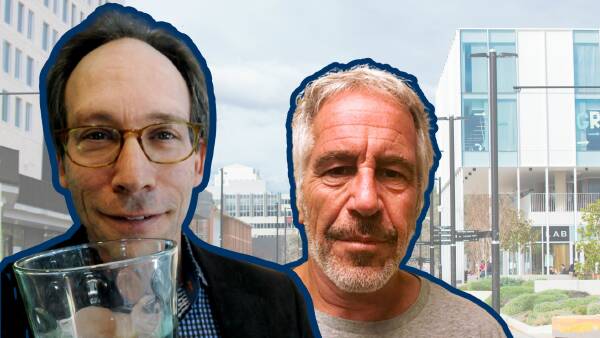A new facility aimed at diverting youth from traditional justice systems has opened in the far north of Western Australia. The on-country youth diversion centre provides a culturally sensitive alternative to the conventional youth justice programs, emphasizing rehabilitation and community engagement.
Located in the remote areas of the state, this facility marks a significant shift in how juvenile justice is approached in Western Australia. Designed with input from local Indigenous communities, it aims to address the unique needs of young people in these areas. The centre focuses on restorative justice principles, offering programs that highlight cultural identity and community involvement.
September 2023 saw the official opening of this facility, which is part of a broader initiative to reform the youth justice system in the region. The Western Australian government has recognized the need for alternatives that not only reduce recidivism but also empower young people through culturally relevant practices. The facility will serve as a model for similar initiatives across the country.
The centre is backed by local Aboriginal Corporations, which have been instrumental in its development. They emphasize the importance of creating supportive environments that promote healing and personal growth. By engaging with the community, the facility aims to foster a sense of belonging among the youth, thereby reducing their likelihood of reoffending.
This initiative responds to growing concerns over the treatment of young offenders in Australia, particularly those from Indigenous backgrounds. Research has shown that Indigenous youth are disproportionately represented in the justice system. The new facility seeks to provide a supportive space where young people can reconnect with their culture and heritage, offering a holistic approach to rehabilitation.
In addition to traditional education and skill-building programs, the centre will implement culturally specific practices, including land-based activities and mentorship from Elders. These elements are designed to instill a sense of responsibility and community connection among participants.
Local leaders have expressed optimism about the centre’s potential impact. They believe that by providing a nurturing environment, the facility can significantly alter the trajectories of young people who might otherwise become entangled in the justice system. This initiative could pave the way for a more compassionate approach to youth justice in Australia.
As this new facility begins its operations, the hope is that it will serve as a blueprint for similar initiatives nationwide, fostering positive change in the lives of young people facing challenges in their communities. The emphasis on cultural understanding and community involvement not only aims to prevent reoffending but also to build stronger, more resilient futures for Indigenous youth in Western Australia.






























































